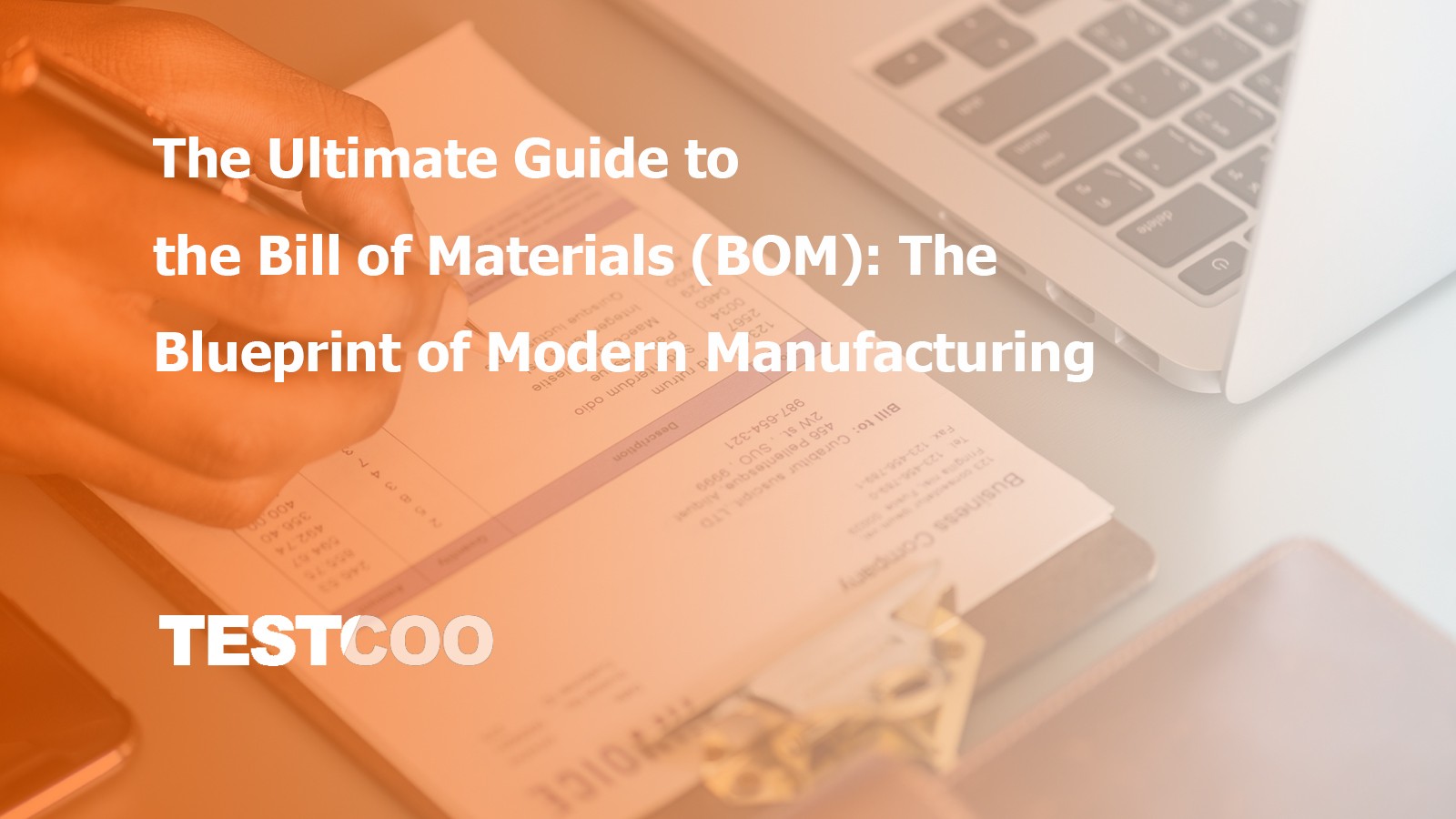US revises ASTM f2413-18 for performance requirements of protective footwear
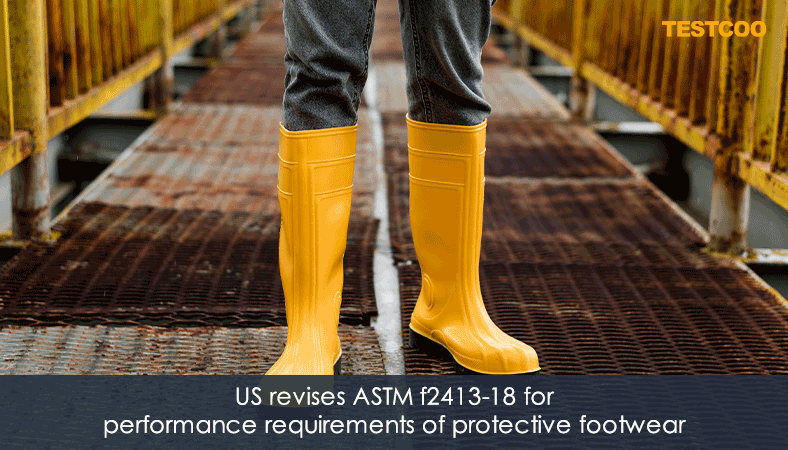
ASTM F2413 covers the minimum requirements for the performance of footwear to provide protection against a variety of workplace hazards that can potentially result in injury. In the 2018 version, test report and Certification of Conformance (COC) are required to be issued by a third-party laboratory for the safety hazard(s) applicable to the footwear or/and puncture resistant devices.
Protective footwear requirements are referenced in the Occupational Safety and Health Administration’s (OSHA’s) Code of Federal Regulations (CFR) Title 29. General Personal Protective Equipment (PPE) requirements are given in section 1910.132 and Foot Protection requirements in section 1910.136. 29 CFR 1910.136(a) states each affected employee must wear protective footwear when working in areas where there is a danger of foot injuries due to falling or rolling objects or objects piercing the sole or from an electrical hazard. The requirements are referenced in ASTM F2412 Standard Test Methods for Foot Protection and F2413 Standard Specification for Performance Requirements for Protective (Safety) Toe Cap Footwear.
Learn more aboout ASTM-F2413-18: What Is ASTM-F2413-18? Protective Footwear Standard
ASTM F2413-18 covers the minimum requirements for the design, performance, testing and classification of protective footwear. Footwear certified as meeting ASTM F2413-18 must first meet the requirements of Section 5.1 Impact Resistant Footwear (I) and Section 5.2 Compression Resistant Footwear (C). Then the requirements of additional sections such as Metatarsal protection (Mt), Conductive protection (Cd), Electric hazard protection (EH), Static dissipative protection (SD) and Puncture resistance (PR) can be met.
All footwear manufactured to the ASTM specification must be marked with the compliance to the specific portion of the standard. One shoe of each pair must be clearly and legibly marked (stitched in, stamped on, pressure sensitive label, etc.) on the inside or outside surface of the tongue, gusset, shaft or quarter lining. The difference between ASTM F2413-11 and ASTM F2413-18 is how the information was displayed in the label. In the 2018 update the marking must be enclosed in a rectangular border and a four-line format is suggested. It contains the next points:
- -Line 1 – identifies compliance with ASTM F2413 standard
- -Line 2 – identifies gender of user (M / F) and the classification for impact resistance (I), compression resistance (C) and metatarsal resistance (Mt) provided
- -Line 3 & 4 – identifies the other specific types of hazards the footwear protects referenced in the standard
In the 2018 version, protective footwear must comply with the ASTM standard with test report and Certification of Conformance (COC) issued by an independent third-party laboratory. The test report shall reference ASTM Test Methods F2412 and ASTM Specification F2413 including the following information:
- -name of the third-party laboratory, contact information and authorization signature(s)
- -full description of the sample footwear and/or puncture resistant devices tested
- -any manufacturer’s reference (product category, style, model, SKU etc.), size and gender
- -performance requirements and safety hazard(s)
- -results, test conditions and if any modification of the test methods
A Certification of Conformance (COC) shall be issued by a third-party laboratory for the safety hazard(s) applicable to the tested footwear and/or puncture resistant devices, including the following information:
- -name of the third-party laboratory, contact information and authorization signature(s)
- -name of the company issued the Certificate of Compliance (COC)
- -all manufacturer’s references (product category, style, model, SKU, etc)
- -certification issue date
- -report number and issue date associated with the Certificate of Compliance (COC)
- -statement that the manufacturer’s reference meets the performance requirements of ASTM Specification F2413-18 as tested in accordance with ASTM Test ---Methods F2412-18 and list the safety hazard(s) tested.
Free Sample Report Performance Quality Control
Download a sample report to keep control of your supply chain!
Featured Articles
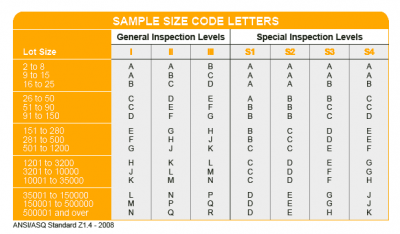 AQL Table | How to Read It
AQL Table | How to Read It TOP 10 Common Defects in Garments Quality Inspection
TOP 10 Common Defects in Garments Quality Inspection Product Packaging and Shipment Label requirements for Amazon FBA
Product Packaging and Shipment Label requirements for Amazon FBA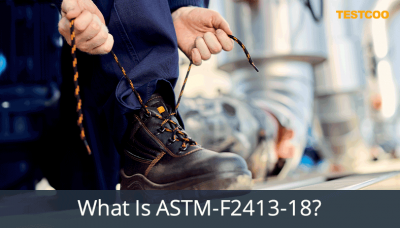 What Is ASTM-F2413-18? Protective Footwear Standard
What Is ASTM-F2413-18? Protective Footwear Standard How to Conduct Third-Party Quality Control Inspections for Electric Scooters
How to Conduct Third-Party Quality Control Inspections for Electric Scooters SMETA Audit-What is SMETA Audit?
SMETA Audit-What is SMETA Audit?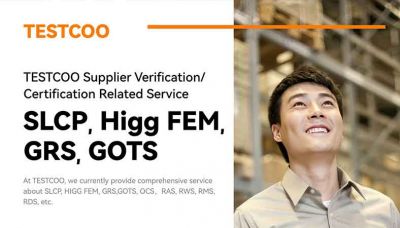 TESTCOO Supplier Verification/Certification Service SLCP, Higg FEM, GRS, GOTS
TESTCOO Supplier Verification/Certification Service SLCP, Higg FEM, GRS, GOTS Quality Control Inspection Company in China
Quality Control Inspection Company in China What is Quality Inspection? A Complete Guide
What is Quality Inspection? A Complete Guide Guidelines for Product Inspection in India
Guidelines for Product Inspection in India
Category
- Production Inspection Service
- Factory Audit
- Softline Inspection
- Hardline Inspection
- Electrics Inspection
- Certification
- Checklist
- Manufacturers
- Quality Assurance Basics
- Products Recall
- AQL
- Guidence and Standard
- News
- Supplier Management
- Amazon
- Protective Equipment
- e-commerce quality control
- Indian Manufacturing
- Soft Goods Quality Control
- Supply Chain Management
- Supply Chain Resilience
- E-Commerce Quality Control
- ISO 2859
- Supply Chain Optimization
- Garment Industry
- Higg Index

